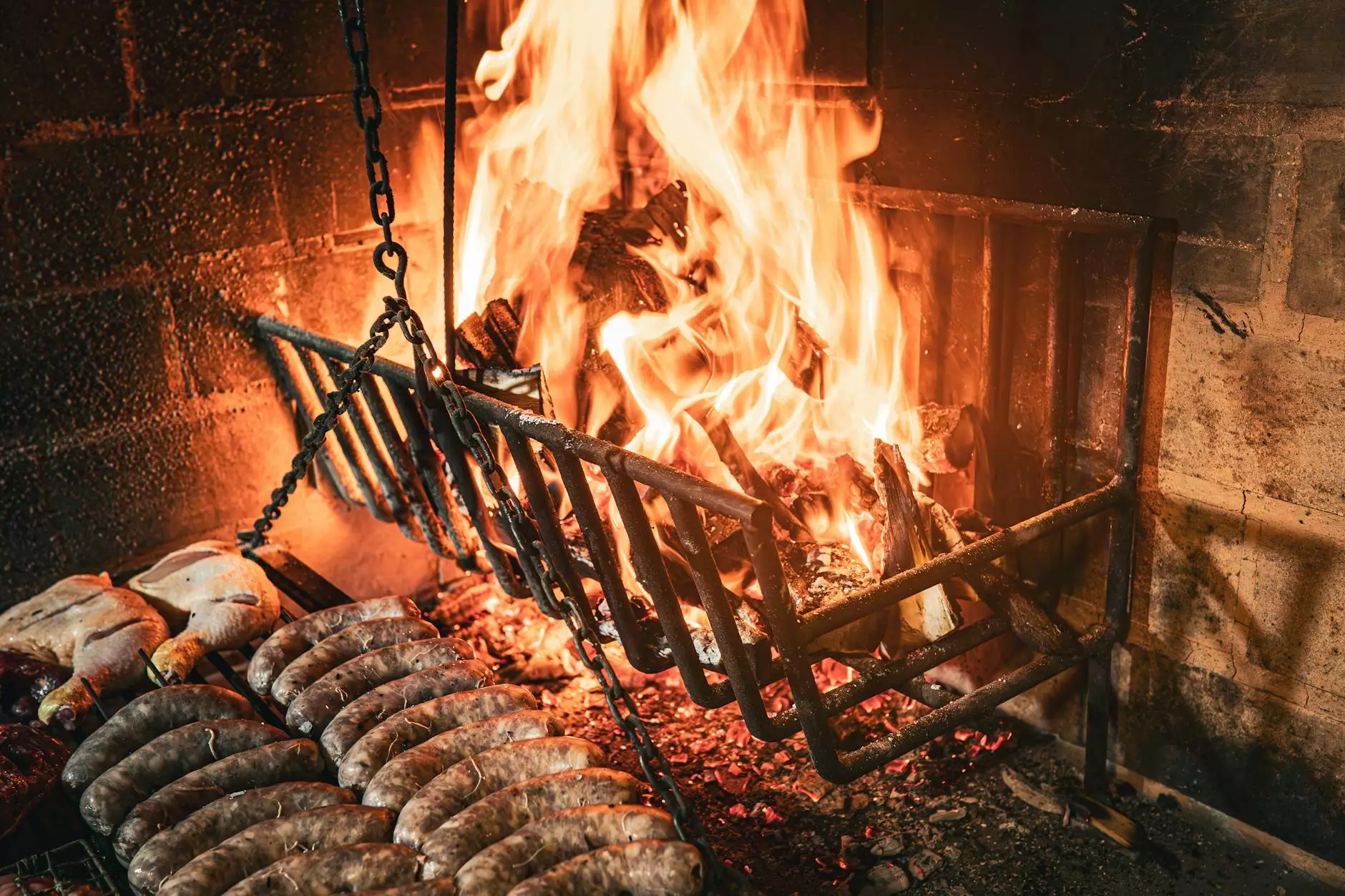Can Lobsters Die from Old Age? A Comprehensive Guide

Lobsters are one of the most fascinating marine creatures on our planet, known not only for their culinary value but also for their unique biology and the mysteries surrounding their lifespan. In this article, we will delve deep into the question: can lobsters die from old age? We will explore the anatomy of lobsters, their growth patterns, and factors that influence their mortality. This comprehensive guide aims to enlighten readers about lobsters in the context of both the marine ecosystem and culinary arts.
Understanding Lobster Biology
Lobsters belong to the order Decapoda and are characterized by their long bodies and tails, five pairs of legs, and a pair of large claws. Some of the most common types include the American lobster and the European lobster. The American lobster, often found along the Atlantic coast of North America, can weigh up to 40 pounds and grow to lengths of over 3 feet.
Lobster Anatomy and Physiology
- Exoskeleton: Lobsters have a hard outer shell that provides protection and support. This exoskeleton must be molted regularly for the lobster to grow.
- Molting Process: Lobsters can molt up to 25 times in their first five years of life, significantly enhancing their size.
- Reproductive System: Lobsters have a complex reproductive strategy, with females storing sperm to fertilize eggs later.
- Nervous System: Lobsters possess a decentralized nervous system, allowing them to respond swiftly to threats.
The structure of lobsters is a remarkable feat of evolution, equipping them with the necessary tools for survival in often harsh marine environments. Understanding these biological features is essential as we investigate their lifespan and aging process.
The Lifespan of Lobsters
Lobsters are known for their longevity, with the possibility of living for over 50 years under the right conditions. However, the factors influencing their lifespan can be quite complex. While they do not die from old age in the traditional sense as mammals do, their aging process is still a subject of scientific research.
Growth Patterns and Aging
- Indeterminate Growth: Unlike many species, lobsters exhibit indeterminate growth, which means they continue to grow throughout their lives, albeit at a slower rate as they age.
- Molt Frequency Decrease: As lobsters age, the frequency of molting decreases, implying a slowing growth rate.
- Telomerase Production: Lobsters produce telomerase, an enzyme that can repair DNA and might contribute to their extended lifespans.
The mechanism of aging in lobsters is still not fully understood. While they can live to be quite old, it is not entirely accurate to say they die of old age. Instead, they may fall victim to natural predators, diseases, or environmental changes long before reaching their biological limits.
Can Lobsters Die from Old Age?
Now, let's address the central question: can lobsters die from old age? The answer is more nuanced than a simple yes or no. While lobsters can live many decades in optimal conditions, they do not experience senescence in the same way higher animals do. They continue to grow, and their cells, through telomerase, continue to divide. Thus, they may die from external factors rather than intrinsic aging.
Factors that lead to the death of lobsters include:
- Predation: As lobsters age, larger predators can pose a significant threat.
- Climate Change: Changes in water temperature and acidity can harm delicate lobster populations.
- Habitat Degradation: Human activities such as pollution and overfishing can reduce lobster numbers.
In essence, while lobsters are capable of living long lives, their demise is often due to external pressures rather than solely aging-related causes.
The Culinary Perspective of Lobsters
Lobsters hold an esteemed position in culinary arts, particularly in regions like New England in the United States. The flavors and textures of lobster meat have made them a delicacy enjoyed in various forms, from classic lobster rolls to sophisticated gourmet dishes.
Cooking Lobster: Tips and Techniques
- Boiling: A common method where lobsters are cooked in a large pot of boiling salted water. Timing is crucial to achieve the right tenderness.
- Steaming: Some chefs prefer steaming as it allows for a more delicate flavor and texture.
- Grilling: Grilling lobster is an excellent way to add smoky flavors. Split the lobsters for even cooking.
- Baking: Lobster thermidor is a famous dish that involves baking lobster meat with cheese and herbs.
Each cooking method highlights the unique taste of lobster and can elevate simple meals to gourmet experiences.
Lobsters in Art Galleries and Culture
Lobsters aren’t just a culinary delight; they also have a significant presence in art and culture. Many artists have used lobsters as subjects in their works to symbolize luxury, the sea, and even the passage of time.
Lobsters as Artistic Inspiration
- Still Life Paintings: Lobsters frequently appear in still life compositions, representing abundance and natural beauty.
- Contemporary Art: Artists such as Andy Warhol have famously featured lobsters, challenging viewers to consider themes of consumption and culture.
- Photography: Lobsters are often photographed as symbols of maritime life and gourmet cuisine.
The presence of lobsters in art underscores their multifaceted role within human culture, offering both aesthetic value and culinary enjoyment.
Conservation and Future of Lobster Populations
With the increasing challenges lobsters face due to climate change and overfishing, conservation efforts are more crucial than ever. Sustainable fishing practices and habitat protection are essential to ensure that future generations can continue to appreciate both lobsters and their role in the ecosystem.
Efforts to Protect Lobster Populations
- Regulated Fishing Limits: Governments are instituting policies to limit lobster catches to maintain population levels.
- Research Initiatives: Continued scientific research is necessary to understand lobster biology and ecologies better.
- Public Awareness Campaigns: Educating the public about sustainable seafood consumption can help lessen the pressure on lobster populations.
By taking these steps, we can contribute to the preservation of this remarkable species, allowing future generations to explore and enjoy lobsters, both in nature and on their plates.
Conclusion
In summary, our exploration into whether can lobsters die from old age reveals a complex picture of longevity, biology, and environmental interactions. Lobsters are unique creatures that challenge our understanding of aging and death, offering insights that extend far beyond the sea.
As we move forward, it is crucial to appreciate the ecological and culinary significance of lobsters while also acknowledging the need for conservation efforts. Whether you encounter them on your plate in a fine dining restaurant or in the charming ambiance of an art gallery, lobsters are truly a symbol of nature's wondrous diversity.
For further insights, culinary inspiration, or to experience exquisite lobster dishes, visit us at elifeforum.com, where we celebrate the intersection of art and gastronomy.









